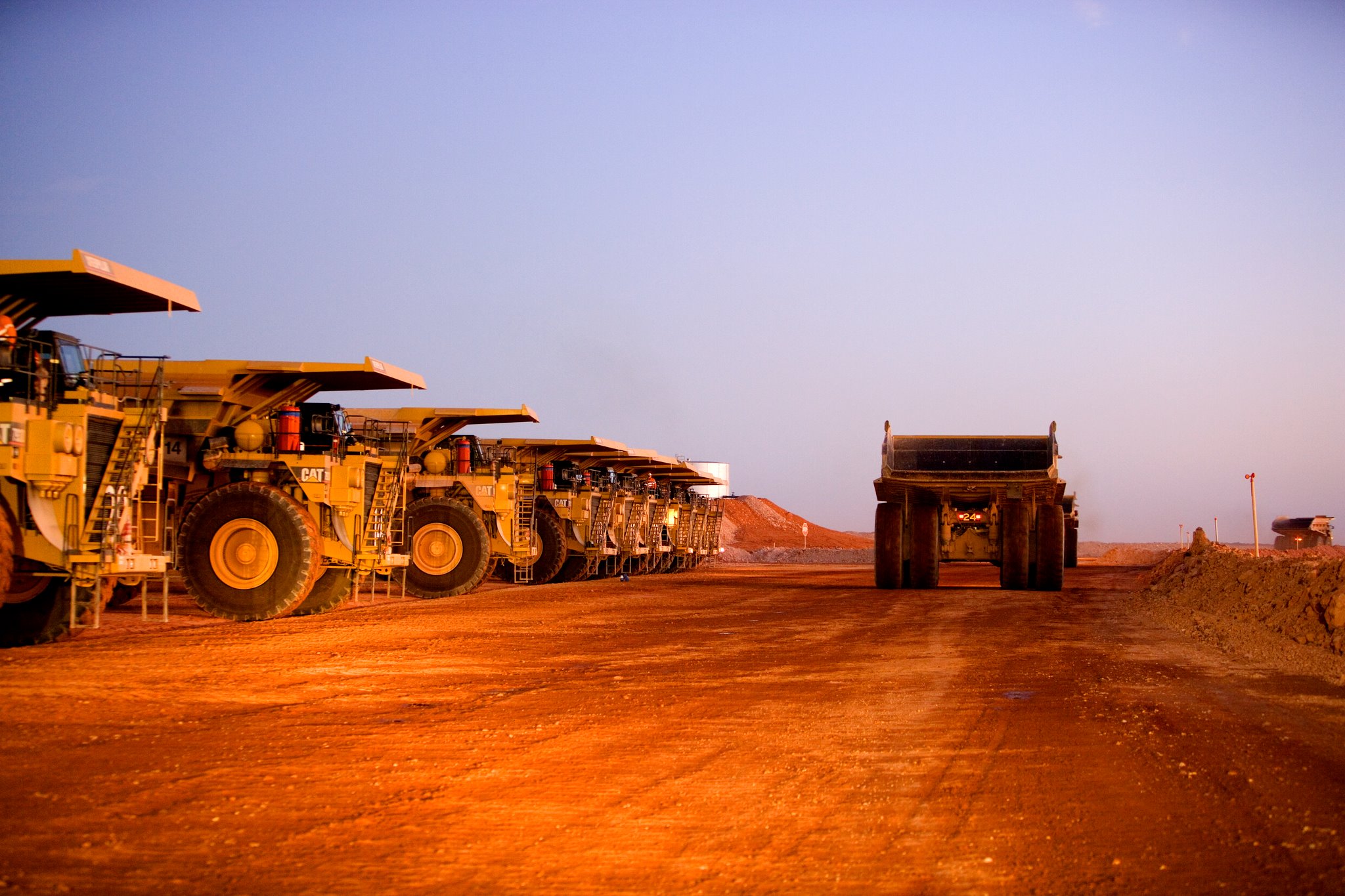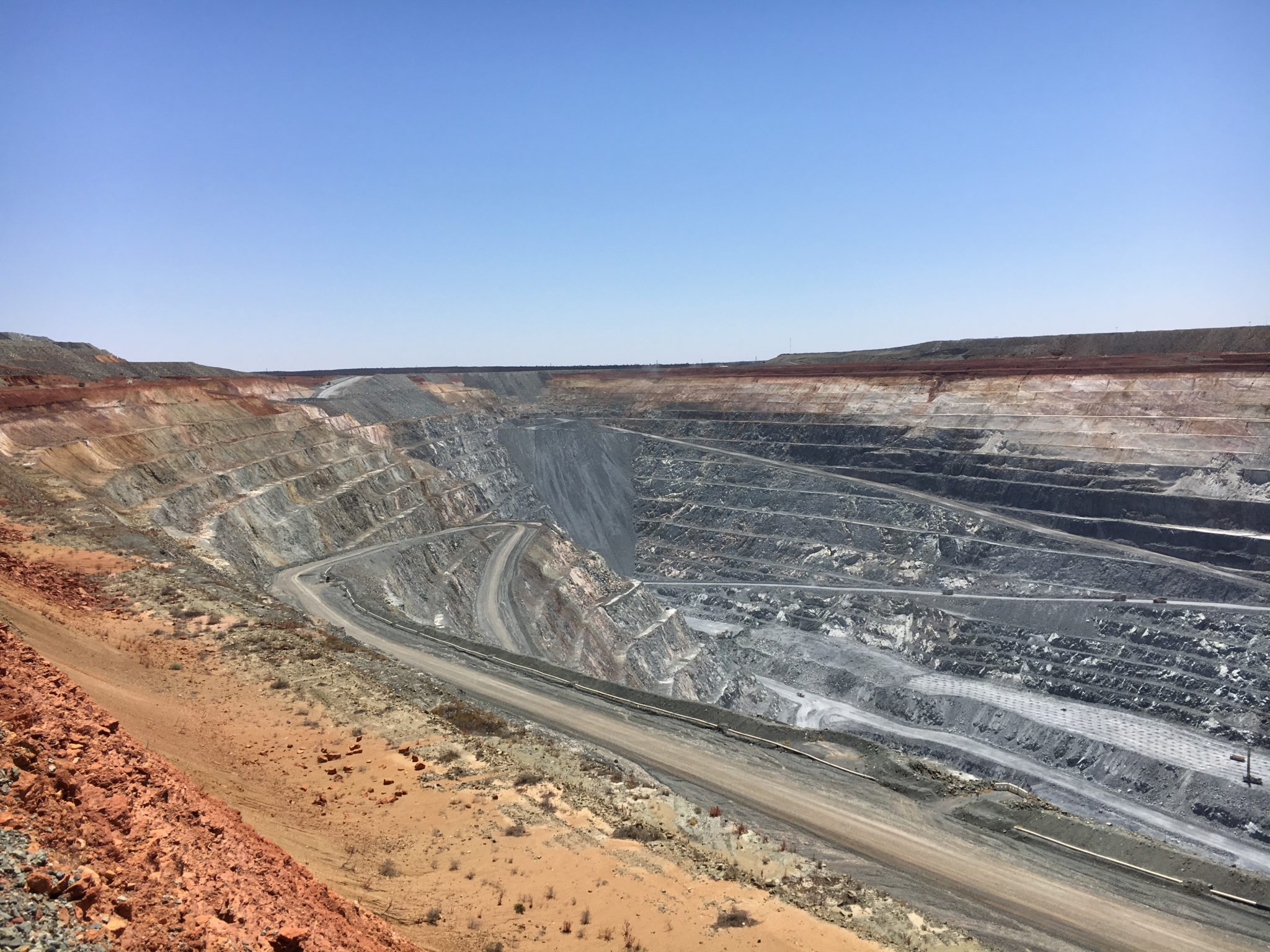Local communities bear the burden of air quality challenges associated with the extraction of natural resources within the vicinity of their places of residence. The effects of the mining activities on the locals should be monitored and managed which ultimately raises the aspect of the necessity for investment in dust reduction projects. The collaborative participation of government, local councils, industry, academia and the community through transparent and inclusive decision making must be prioritized prior implementation of mining projects. Excessive exposure to inhalable and respirable dust can lead to conditions such as silicosis and black lung disease for workers and exacerbate asthma and emphysema for locals. Local conditions such as dry weather can also accelerate dust generation which could result in very high dust levels. The core of the discussion seeks to address why mine operators should not let communities bear the brunt of poor dust management practices. The onus of maintaining high standards of air quality is on mining companies and regulation should be driven by stringent policy and legislation without compromising on workers, community health and the environment at large. The article seeks to address air quality, what can be done to improve air quality and examples of mining projects in Australia that have implemented dust reduction protocols for safer communities and mine workers.
Air quality impacts
Broadly speaking, air quality is affected by emissions from various sources such as mining, agriculture, transport, agriculture and urban activities. Our focal point is on inhalable and respirable dust particles generated in the mining industry. Australia is a resource-rich country and mining is a major industry which contributes about 8.7% of GDP as of 2019 and has export values forecasted to reach AUD $300 billion in the 2019 to 2020 calendar. The state of weather conditions such as lower average rainfall and resultant dry conditions in Australia accelerate the decrease in air quality as measured by the abundance of different dust particle sizes prevalent in areas susceptible to dust generated from mining activities. In Queensland, the resources sector is tasked to minimize air quality impacts resulting from operations for the health of communities and the environment.
The size description of dust is as follows:
- >PM10 – Particle sizes of 10 microns in diameter or more
- PM10 – Particle sizes less than 10 microns in diameter (invisible to the naked eye)
- PM2.5 – Particle sizes 2.5 microns and smaller (invisible to the naked eye)
- >PM10 + PM10 + PM2.5 when suspended in the air are collectively known as total suspended particles (TSP)
- >PM10 + PM10 + PM2.5 when settled out of the air are collectively known as deposited dust
The concentration, size of particles and duration of exposure are factors that determine the extent to which they impact on local community and mine workers health. Higher levels of particles less than PM10 pose greater health risks as opposed to larger particles owing to their potential to reach the alveolar region of the lungs and fail to be removed by the pulmonary surfactant of the lungs leading to either acute, accelerated or chronic lung conditions. Nuisance effects of dust results from larger particles related to PM10 and greater although there is a tendency to settle out of air close to the source owing to their size.
Are environmental regulations, health and safety concerns or potential profit loss a concern right now?

Air quality standards
In order to improve air quality, it is important to understand the air quality standards set by the Queensland and Commonwealth governments. The National Environment Protection Measure for Ambient Air Quality at a Commonwealth level sets standards for dust particle emissions. The recent adoption of these standards by the Queensland government is evident in the Environmental Protection (Air) Policy of 2019. The reduction of fugitive dust improves air quality, and this can be achieved through the implementation of dust emission management strategies such limiting road haul distances and traffic, using dust suppressants that make water work on stockpiles and water carts on unpaved roads, amendment of operations based on adverse weather conditions as well as real-time monitoring. Government has stepped up accountability and transparency through compulsory resources sector participation including dust-generating industries to report emissions to the National Pollutant Inventory (NPI) with the intention of prioritizing environmental policy and better decision making. Championing release of the collected information to the general public is the Queensland Research Council with its collaborative role of members companies and government. The motivation is to improve NPI reporting for the resource sector through collating up to date data for other emission sources beyond the industry to add to the NPI and provide better information on NPI in ways palatable for public understanding and interpretation.
Proactive dust reduction projects
Examples of projects that have seen significant investment in dust reduction include Pilbara Air Quality Program to remove potentially hazardous airborne particles from metal mines. The Western Australia mining operation has been targeted for five-year dust emission and air quality project which will erect wind fences at port operations to minimize dust lift-off from stockpiles. Vegetation barriers will be planted to capture dust in the West End of Port Hedland and implementation of a new moisture management system, ore conditioning and infrastructure monitoring will supplement other dust minimization technologies. Another project is the Abbot Point Growth Gateway Project which involved dredging 1.1 million cubic meters in situ of sea bed which was placed on vacant industrial land next to the existing coal terminal in the process allowing for an increase in port’s capacity from 50 to 120 million tonnes per annum. The potential to generate dust in the project was from dust lift-off from exposed surfaces such as stockpiles, construction of embankments, clearing of vegetation and soil from site, wheel generated dust from the construction haul roads and long term dredged material management including treatment and reuse.

Mining in the future
The role of the dust emission control plan is critical in understanding the requirements of dust mitigation and control from a site impact assessment, site control measure and site monitoring perspective. Air quality can be assessed based on particular size variations in the dust with total suspended particles including all the different sizes suspended in the air whereas deposited dust is considered to be settled on the ground. In answering, “what can be done to improve air quality transparency and accountability” consider what can be achieved through openly listing the dust control methods to be used on a site with finer details of timetabling of dust-generating activities including sampling methods, levels and procedures complemented by record logs of complaints and action taken to reduce the effects of dust. The future of mining in Australia should factor in sustainable development which is deeply rooted in safety, economics, community cooperation, resource efficiency and natural protection of the environment.
Your feedback is important to us. If you enjoyed reading this Global Road Technology industry update and found it informative, please let us know by leaving a REVIEW.
REFERENCES
- Council dusts off impact group to focus on air quality retrieved 23 August 2020
- Jang, H., and Topal, E. 2020. Transformation of the Australian mining industry and future prospects. Mining Technology: Transactions of the Institutions of Mining and Metallurgy.
- Katestone Environmental Pty Ltd. 2015. Air Quality Assessment of the Abbot Point Growth Gateway Project.
- Mining giant announces 300m dust reduction project retrieved 23 August 2020
- Queensland Government. 2020. WYNNUM citizen science air monitoring project.
- Queensland Resources Council-Air Quality retrieved 23 August 2020
- Townsville City. 2011. Management of Dust from Development Sites: Guidance for Developing A Dust Emission Control Plan.
Troy Adams
Troy Adams is the Managing Director of Global Road Technology (GRT) Specialising in Engineered Solutions for Dust Suppression, Erosion Control, Soil Stabilisation and Water Management. A pioneering, socially conscious Australian entrepreneur, Troy Adams is passionate about health and safety and providing innovative solutions that are cost-effective to the mining industry, governments and infrastructure sectors. Troy is also a tech investor, director of companies like Crossware, Boost, Hakkasan, Novikov and more.

